|
By Cate Mathews As evidenced by his 1847 edition of Euclid’s Elements, English mathematician Oliver Byrne was way, way ahead of his time. In an effort to make the book more accessible to its readers, he did away with traditional alphabetic or numeric labelling and instead used primary colors to differentiate between different pieces of diagrams.The result was innovative and sharp, a text that today seems to share as much in common with modern art as other collections of complex geometric theories. Proposition 44 from Byrne’s Euclid Fast forward a century. Illustrator, paper engineer, and recent grad Helen Friel fell in love with the diagrams, describing them as “reminiscent of [the Dutch painter] Mondrian” . And with their clean lines and bright colors, she thought they looked almost like something an illustrator might dream up today. Inspired by Byrne and in partnership with MOO.com, she created 3D paper models of five of Euclid’s geometric proofs. Friel hard at at work. The models are beautiful, tangible visualizations of a mathematical system foundational to our current understanding of the world. They bring the millenias-old work of a brilliant scholar to new, colorful life. We’ll embed a couple here in this blog post, but once you’ve seen them, head over to Friel’s portfolio and let us know if you can spot the Pythagorean Theorem. Good luck!  Cate Matthews is an avid writer and social media enthusiast with a direct IV line hook up to her RSS feeds. She loves articles about science, social justice, and tech in particular and considers herself a blossoming Scientista. When not quoting Neil Degrasse Tyson or experimenting with JavaScript (and sometimes even when), she can be found at @cateematthews. Comments? Leave them below!
0 Comments
Your comment will be posted after it is approved.
Leave a Reply. |
BROWSE BY CATEGORYNOBEL LAUREATESINSPIRATIONAL QUOTESSHE INVENTED THISFUNNYCategoriesAll Cookies Cupcakes Food Food For Thought Funny Inspirational Quotes Nobel Laureates Quote By Scientista She Invented This |
The Scientista Foundation, Inc. All Rights Reserved © 2011-2021 | Based in NY | [email protected]
The Network for Pre-Professional Women in Science and Engineering
The Scientista Foundation is a registered 501(c)(3) -- Donate!
The Network for Pre-Professional Women in Science and Engineering
The Scientista Foundation is a registered 501(c)(3) -- Donate!

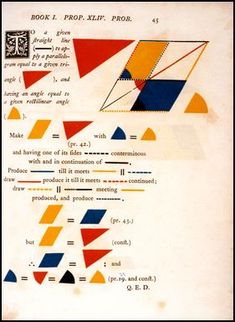
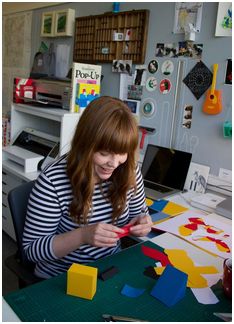
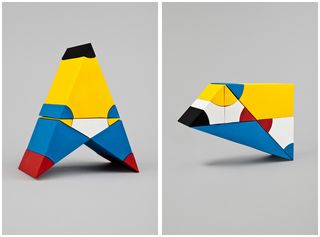



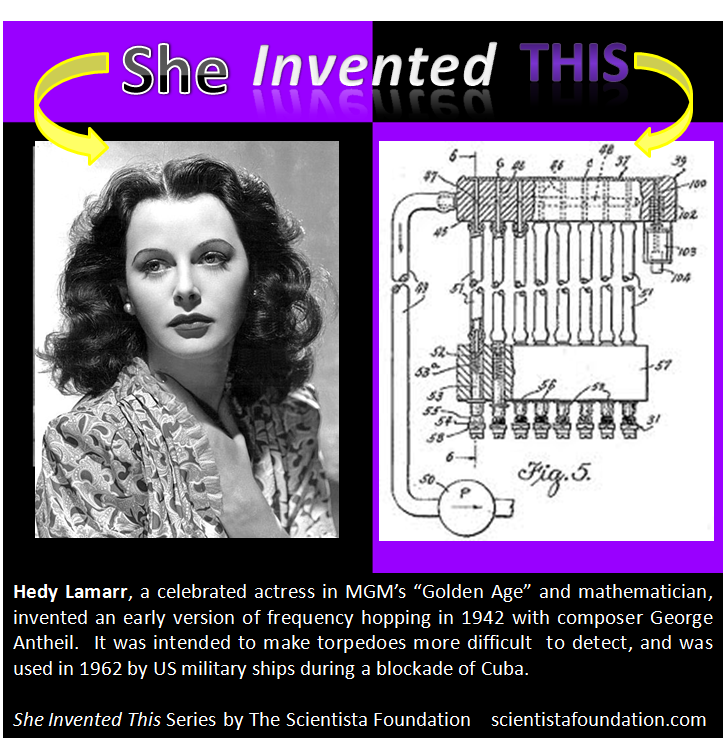
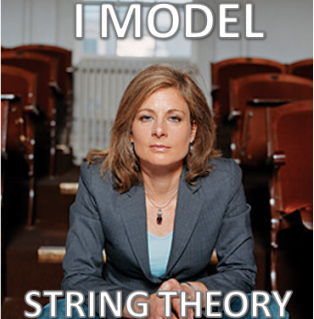
 RSS Feed
RSS Feed